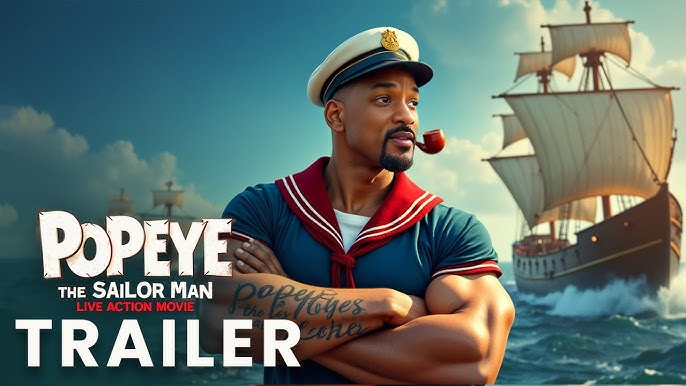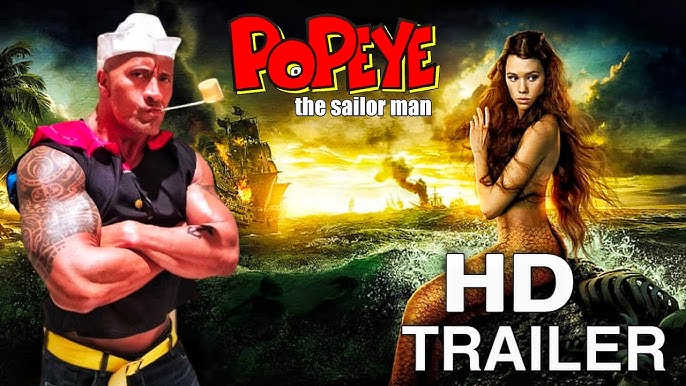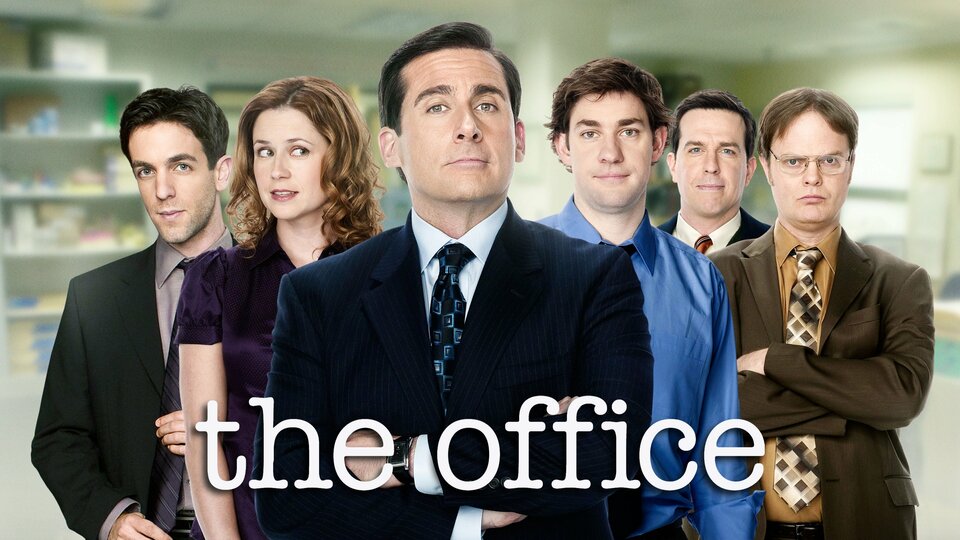“Popeye” – The Sailor Man Who Became a Pop Culture Icon
Popeye is one of the most iconic and enduring cartoon characters in American pop culture. Created by Elzie Crisler Segar, Popeye first appeared in the comic strip Thimble Theatre in 1929 before quickly becoming its star attraction. With his squinty eye, muscular forearms, corncob pipe, and unmistakable voice, Popeye the Sailor has captivated audiences for nearly a century with his quirky charm, strong moral code, and love of spinach.
At the heart of the Popeye universe is a simple yet engaging formula: Popeye gets into trouble, often involving his love interest Olive Oyl and his brutish rival Bluto, and eventually overcomes adversity by eating spinach, which gives him superhuman strength. This routine, while repetitive, became a beloved staple of both the comic strips and animated shorts, especially during the Golden Age of American animation.

Popeye’s popularity skyrocketed with the release of animated theatrical shorts produced by Fleischer Studios in the 1930s. These black-and-white cartoons were widely praised for their humor, unique animation style, and inventive storylines. Popeye’s gravelly voice and mumbled one-liners—originally voiced by William “Billy” Costello and later famously by Jack Mercer—added a layer of personality that endeared him to millions. The character also played a significant role during World War II, where he was often portrayed fighting enemies and promoting patriotism.
In addition to his strongman antics, Popeye is remembered for his moral compass. He stands up for the weak, fights bullies, and always seeks justice, making him a hero of the everyday man. The character's catchphrases like “I yam what I yam” and his undying love for Olive Oyl helped define his enduring persona.

In 1980, Popeye was brought to life in a live-action musical comedy directed by Robert Altman and starring Robin Williams in his first major film role. Though initially met with mixed reviews, the film has since gained a cult following. Williams' performance captured the heart and eccentricity of the character, and the film's colorful set design and whimsical tone paid tribute to the original cartoons.
Over the decades, Popeye has remained a cultural touchstone, appearing in comics, TV specials, video games, and merchandise. His influence extends beyond entertainment — notably, the character played a major role in promoting the nutritional benefits of spinach to children. In fact, spinach consumption in the U.S. significantly increased during Popeye’s peak popularity.

In conclusion, Popeye is more than just a comic or cartoon character — he is a symbol of resilience, honesty, and strength. With his unique look, memorable voice, and timeless message of doing what’s right, Popeye continues to be a beloved figure across generations. Whether in vintage black-and-white shorts or modern reinterpretations, Popeye the Sailor Man remains a true classic in the world of animation.



-1751689226-q80.webp)